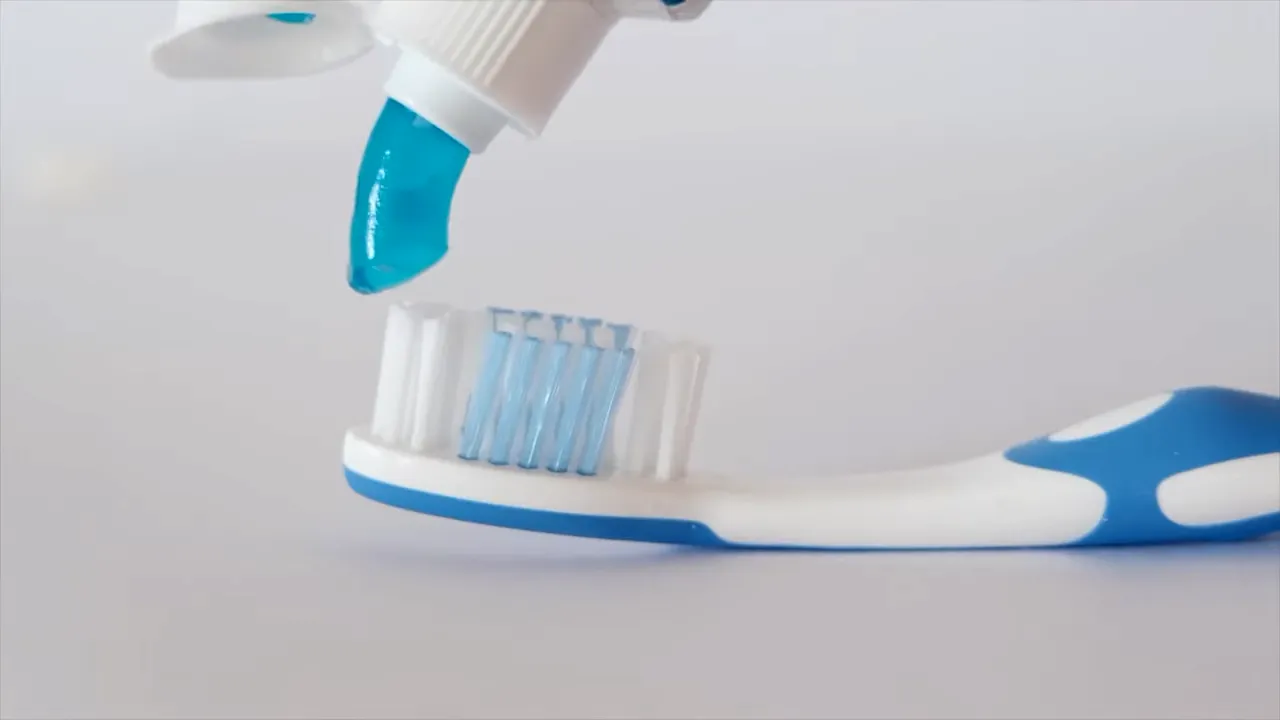Homeowners often encounter unexpected visitors in their houses – mice. These small rodents have a knack for finding their way into pantries, cabinets, and other spaces, curiously sampling anything they come across. In the midst of the many household items, toothpaste is one such product that attracts the interest of many. The question arises, is toothpaste poisonous to mice?
To answer directly, toothpaste contains certain ingredients that can be harmful to mice if ingested in large quantities. However, the small amounts a mouse might consume during a random exploration are unlikely to be fatal. Yet, the potential effects and risks are worth understanding.
Diving deeper into this topic reveals intriguing interactions between mice and common household products. Toothpaste, with its varied components, stands out as a unique item of interest in the vast spectrum of things a mouse might encounter in a typical household.
Toothpaste Ingredients Overview
Every household has toothpaste, a daily essential that promises to keep our teeth clean and our breath fresh. But beyond the promise of a dazzling smile, have you ever pondered the ingredients that make up your toothpaste?
Common components in toothpaste
- Fluoride: Promotes enamel strength and helps prevent tooth decay.
- Abrasives: Such as calcium carbonate or hydrated silica, these help in removing stains and plaque.
- Flavors: Usually artificial, like spearmint or peppermint, which freshen breath.
- Humectants: Materials like glycerol that prevent the paste from drying out.
- Thickeners: Ingredients like carrageenan or xanthan gum give toothpaste its consistent texture.
- Detergents: Sodium lauryl sulfate is one, responsible for the foaming action.
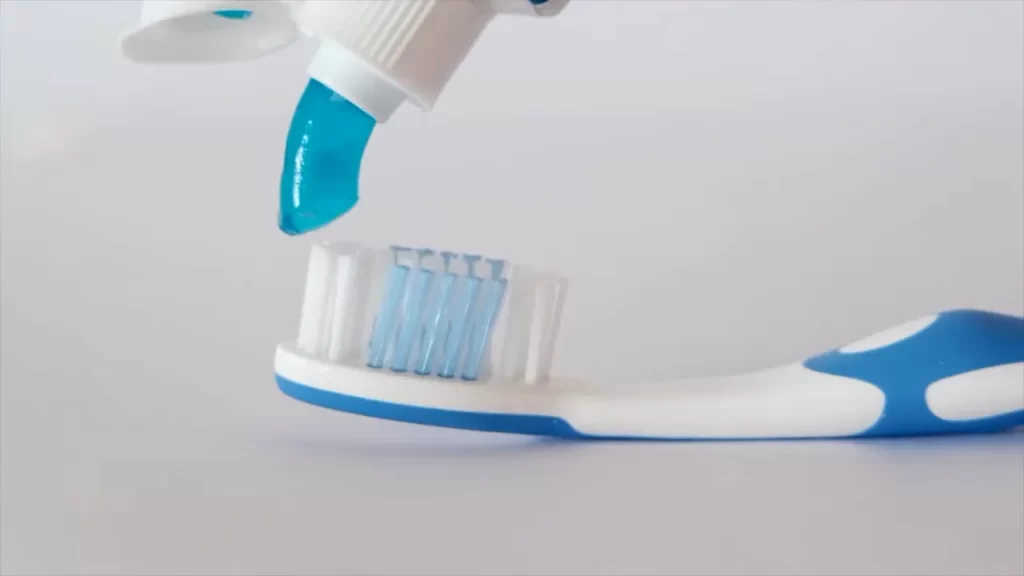
Which ingredients are potentially harmful?
While many of these components are harmless in the context of human use (and in the minute quantities present in toothpaste), some may pose a risk to smaller organisms like mice. Fluoride, for instance, beneficial for human dental health, can be harmful if ingested in large amounts. Another ingredient of concern is xylitol, a sweetener often found in toothpaste. While safe for human consumption, it’s known to be toxic to some animals.
Effects on Mice
When mice interact with human habitats, they can come into contact with a variety of substances, toothpaste being one of them. Though accidental, their ingestion of toothpaste might have repercussions.
Immediate reactions and symptoms
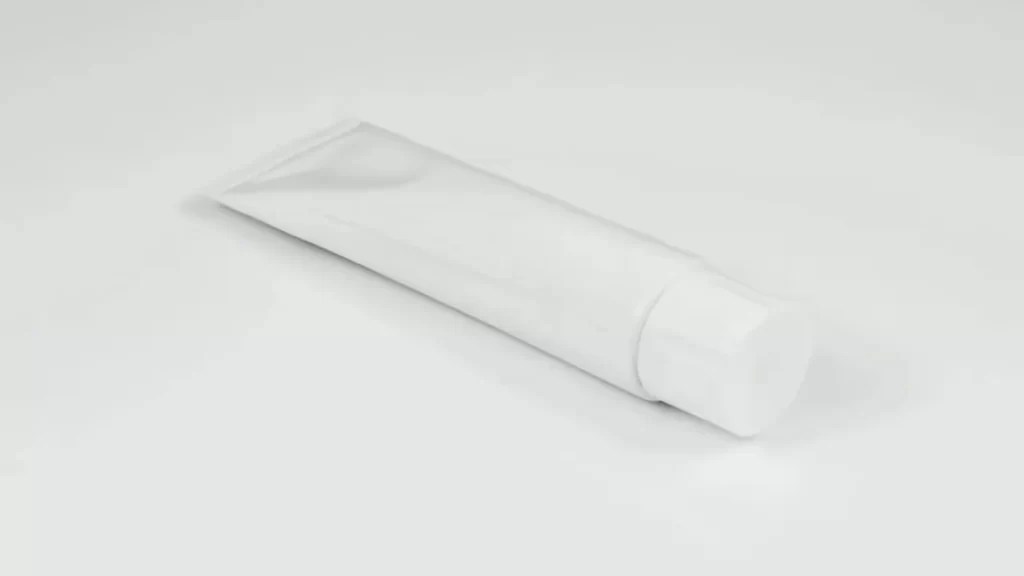
Mice that consume toothpaste may experience a range of symptoms due to the chemicals it contains. For instance, ingestion of fluoride can lead to gastrointestinal discomfort, increased salivation, and lethargy. In more severe cases, they might even face tremors or convulsions. Xylitol, on the other hand, can lead to a rapid release of insulin, causing hypoglycemia (low blood sugar), which can be fatal if not addressed.
Long-term health implications
Continuous exposure or ingestion in large quantities can undoubtedly have prolonged health implications for these tiny rodents. Chronic fluoride consumption can lead to skeletal fluorosis, affecting the bone structure. Repeated xylitol ingestion can lead to liver damage, which can be life-threatening.
Toothpaste Consumption Scenarios
Mice don’t have a checklist of what to eat and what to skip. Their consumption is mostly driven by availability and curiosity. With toothpaste, a few scenarios can arise.
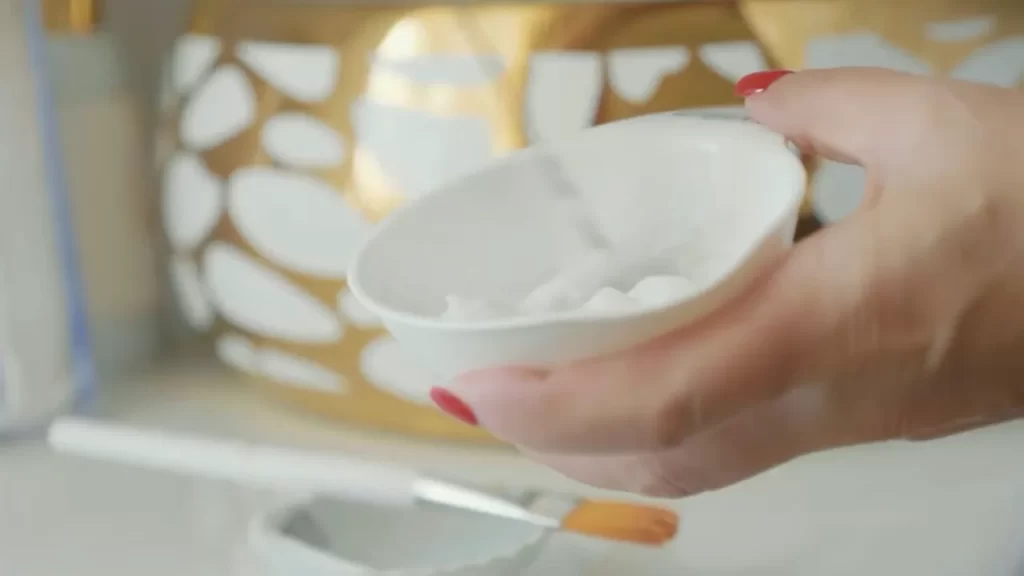
Accidental ingestion by mice
Perhaps a mouse stumbled upon an open tube left on the bathroom counter or remnants on a discarded toothbrush. In such cases, the amount consumed is typically minuscule, but depending on the specific ingredients of the toothpaste, it might still have a notable impact on the mouse’s health.
Intentional use as a rodent deterrent
There might be folklore or hearsay suggesting using toothpaste as a deterrent or even poison for mice. However, this approach is neither efficient nor humane. The risk of causing unnecessary suffering to the mouse, combined with the potential ineffectiveness of this method, makes it an unsuitable choice.
Why Mice Might Be Attracted
A mouse doesn’t nibble on your toothpaste tube thinking it’s a gourmet treat. So, what draws them?
Flavors and textures appealing to rodents
The aromas of certain flavors, especially minty ones, might intrigue these curious creatures. Additionally, the smooth, gel-like consistency of toothpaste could be a texture they find intriguing or appealing.
Other household items that might lure mice
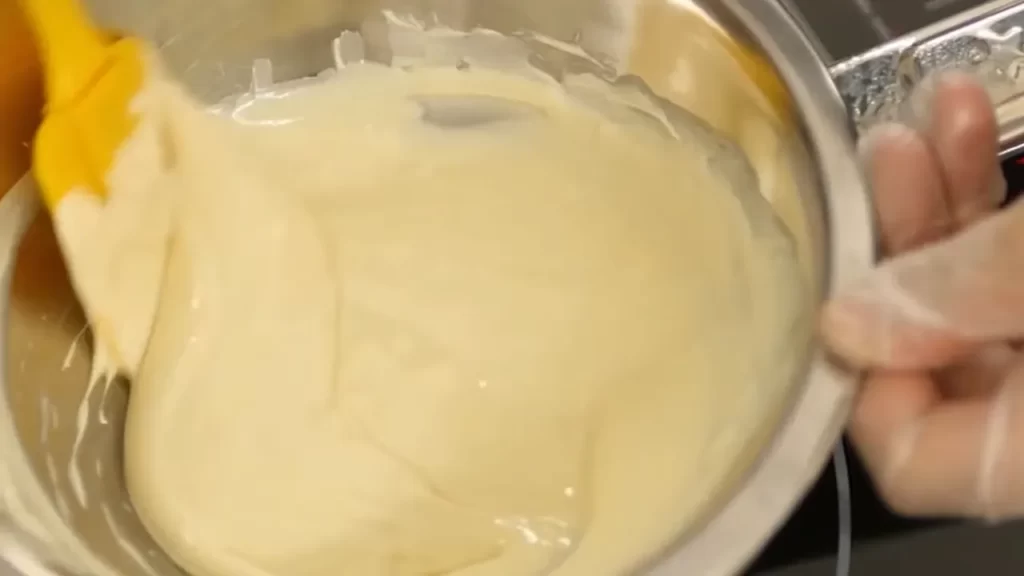
Mice are drawn to a plethora of items in our homes, not just toothpaste. They’re often on the lookout for food sources, so crumbs, unsealed food items, or even non-food items with a peculiar smell or texture can attract them. This includes soap, sponges, and various personal care products.
Safety Precautions
Ensuring safety in our homes is crucial, especially when there are small creatures like mice around. The last thing anyone wants is for these tiny animals to fall victim to the products we casually use daily.
Storing toothpaste securely
- Tightly Seal: Always replace the cap firmly after using toothpaste to prevent easy access.
- High Shelves: Store your toothpaste on higher shelves or inside cabinets, far from the reach of rodents.
- Avoid Spills: Clean any spilled toothpaste immediately. Even a small residue can be enticing.
- Use Containers: Place your toothpaste inside containers with tight-fitting lids for added security.
Alternatives for rodent control
If you’re trying to manage a mouse problem, there are more effective and humane ways than relying on potentially harmful substances like toothpaste.
- Traps: Choose humane traps that catch mice without killing or harming them. This way, you can relocate them without causing distress.
- Seal Entry Points: Identify and block any entry points in your home. This can include gaps in doors, windows, or walls.
- Keep Clean: Ensure your home, especially the kitchen, is free from food residues. Regular cleaning minimizes attractions for mice.
Toothpaste vs. Other Household Items
Households contain a plethora of products. While we’re focusing on toothpaste, how does it compare to other items in terms of toxicity to mice?
Comparative toxicity of common items
- Cleaning Agents: Household cleaners contain chemicals that can be fatal to mice. Compared to these, toothpaste is less harmful.
- Pesticides: Designed to kill pests, these can cause severe harm if ingested by any animal, making them far more dangerous than toothpaste.
- Medications: Pills and liquids could be lethal if consumed by mice, especially in human dosages.
Which pose the most significant threats?
In essence, while toothpaste can pose risks, other household items like cleaning agents, pesticides, and medications are far more dangerous. The key is always to store these items securely and out of reach.
Expert Opinions and Studies
Relying on science and expert opinions ensures that the information is not only accurate but also reliable.
Scientific research on the topic
Recent studies have delved into the effects of various household items on small animals. One study highlighted that fluoride, a common toothpaste ingredient, could have detrimental effects on mice in large quantities. This aligns with the broader understanding of fluoride’s impact on smaller organisms.
Veterinarian insights on rodents and toothpaste
Dr. Amelia Thompson, a noted veterinarian specializing in rodents, opines that while toothpaste isn’t the most toxic substance a mouse can ingest, it’s still a cause for concern. She emphasizes the dangers of ingredients like xylitol, which, although beneficial for human dental health, can pose severe risks to rodents.
FAQS
Can mice be attracted to toothpaste?
Mice have an acute sense of smell and might be attracted to the minty scent of toothpaste. However, attraction does not mean it’s safe for consumption.
Are there specific toothpaste ingredients harmful to mice?
Yes. Ingredients like fluoride and xylitol, found in many toothpaste brands, can be harmful to mice when ingested.
Is it a good idea to use toothpaste as bait?
It’s not recommended. Using toothpaste as bait might attract mice, but it’s an inefficient and inhumane way to deal with a rodent problem.
How can I keep mice away from my toothpaste?
Store toothpaste in sealed containers or drawers, and ensure the bathroom or storage area is free from small openings through which mice can enter.
Conclusion
The relationship between household products and mice is a topic of constant curiosity. While toothpaste itself is not a significant threat to these rodents, it serves as a reminder of the unexpected connections between our daily lives and the animal kingdom. Ensuring the safety of both the household and its uninvited guests requires a blend of knowledge and proactive measures. When equipped with the right information, homeowners can strike a balance, creating a harmonious environment for all its inhabitants.
